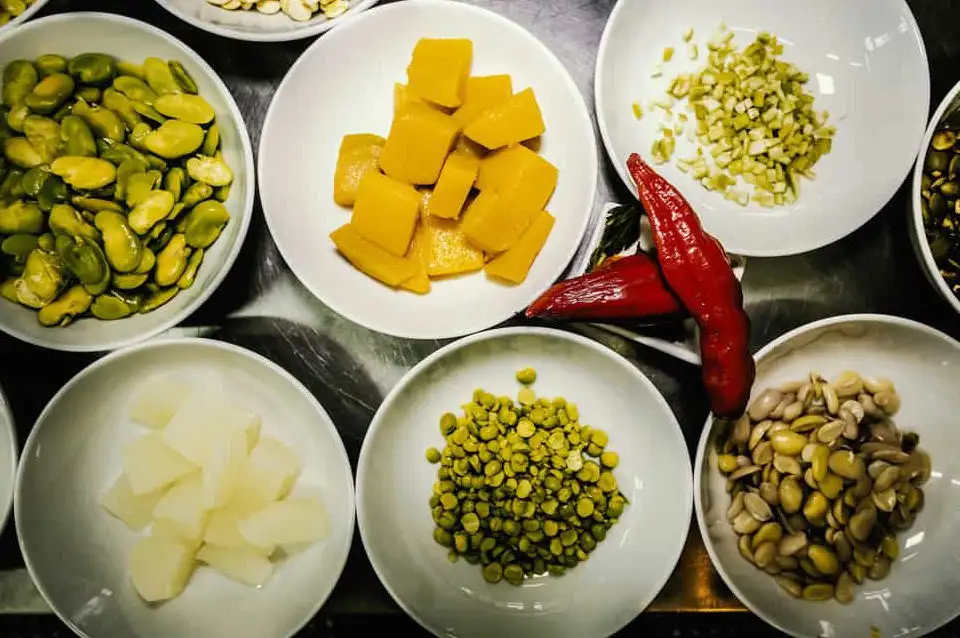There is nothing like it in the world. The fanesca soup is one of those dishes that you just can’t invent twice. It has become rooted in the identity of the Quiteño and now defines Easter in Ecuador.
We could say that eating fanesca during Easter is a custom that every true Quiteño treasures as the most emblematic tradition they honor during the year. And of course, mom always makes the best.
Experience the Best of Easter in Ecuador: Savor Fanescas at Casa Gangotena
The fanesca begins on farms amid fields Across Ecuador’s countryside in the run-up to the weeks before Easter, the ingredients of the soup, unparalleled in variety and quantity, are harvested and gathered. Marketplace sellers organize their stands so as to make the purchase easier. Buyers then return home with baskets full enough to feed an army for weeks.

If Lent was conceived as a period of intense fasting, with the intention of reducing the penitent to nothing but skin and bone, in Ecuador this dish is conceived to preclude such a fast, and flagrantly at that. The ingredients put together are, without a doubt, too much to handle for the organs of a body in the process of a spiritual cleansing.
The mystery surrounding fanesca, especially due to the fact that no other country shares the dish, or the custom, has resulted in a series of historical (and not so historical) versions. One of the most common stories affirms that it was invented in Colonial times by someone named Juana, in a long-lost hacienda of the high Andes Mountains, initially christened ‘Juanesca’.
The origins of fanesca, key to Easter in Ecuador, might trace to Portugal with its beans and cod, yet its roots likely delve deeper into pre-Hispanic times. It’s connected to Mushuc Nina, marking the Andean New Year and grain harvest in March. The dish uchukuta, meaning tender beans with chili and herbs in Kichwa, is believed to include ingredients like squash, pumpkin, and mellocos, akin to those in fanesca, reflecting the Pawkar Raymi spring celebrations. Uchukuta, often served with wild guinea pig meat, prefigures the diverse components of today’s fanesca.
During Colonial times, the Spanish merged local customs with their Catholic symbols, leading to fanesca’s prominence during Easter in Ecuador. Its timing and the variety of grains made it easy to represent the twelve apostles and tribes of Israel. Fish symbolizes Christ, though some families omit it for vegetarians or children averse to dried cod’s taste. Ultimately, everything but meat is included, embodying the inclusivity of Easter celebrations.
The essence of fanesca, a centerpiece of Easter in Ecuador, isn’t its origins but the unique family traditions behind it. Each family holds secrets, from peeling legumes to communal tasks like slicing onions and kneading dough. Grandmothers, present in spirit or person, unite families in this tradition. Beyond fanesca, there’s molo (mashed potatoes with toppings) and desserts, ensuring a fulfilling meal for everyone.
Come and enjoy our award-winning, wondrous dish at Casa Gangotena’s Restaurant. Our recipe comes straight from the authority on the matter, Rosa Vintimilla, author of the book Fanesca de Fanescas. We have special menus, starting from $15.



